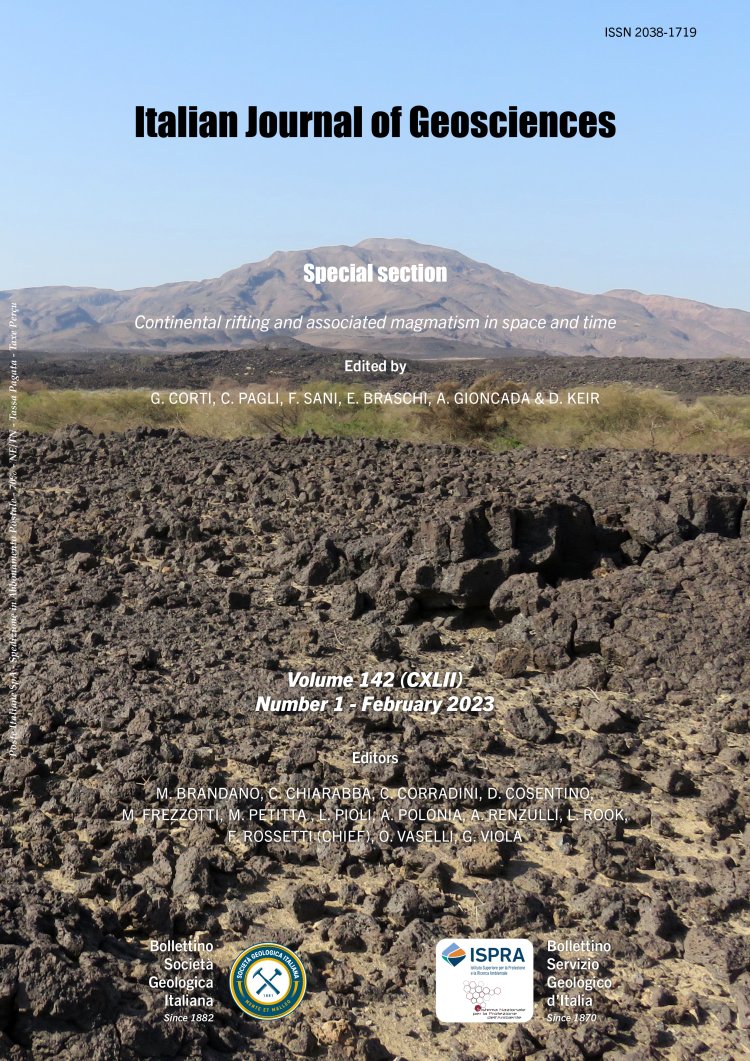
Crust necking of the northeastern South China Sea: Insights from deep seismic data
Lijun Mi1, Hongdan Deng2,3, Mohamed Gouiza 4, Haizhang Yang1, Qiaoyang Sun2,3, Siyao Sun2,3 & Fang Dong2,3
1Department of Exploration, CNOOC, Beijing 100010, China.
2School of Earth Sciences, Zhejiang University, Hangzhou 310027, China.
3Structural Research Centre of Oil & Gas Bearing Basin of Ministry of Education, Hangzhou 310027, China.
4School of Earth and Environment, University of Leeds, Leeds, UK.
Corresponding author e-mail: denghongdan@gmail.com
Volume: 142 (2023) f.1
Pages: 57-82
Abstract
During rifting, continental crust necks, leading to significant thickness reduction in a few tens of kilometres. However, deformations associated with the necking process remain elusive due to few outcrop examples and a lack of seismic data coverage that clearly images crustal architecture at depth. Here we use deep, high-resolution seismic data across a well-developed necking zone in the northeastern South China Sea passive margin to show the structural style associated with the crustal necking. Seismic stratigraphy in the necking domain can be divided into pre-, syn- and post-rift sequences based on the nature of sequence-bounding unconformities and their relation with faults. Seismic expression of continental crust exhibits two types of reflection characteristics – homogeneous upper crust and layered lower crust. The necking domain shows significant thinning that reduced its thickness from ~30 km to less than over 10 km in a distance of about ~50 km and is characterised by seaward removal of layered lower crust, while the homogeneous upper crust thickness remains largely unchanged in thickness. The necking domain is bounded by inner and outer breakaway complexes that define a portion of flexed crust. Crustal flexure is evidenced by progressive tilting of the necking domain that gradually increases the pre-rift sequence dip from 0° to 10°. Within the tilted necking domain, densely-spaced, landward-dipping minor faults and fractures are organised in a domino configuration, implying a top-to-the-continent movement and a simple shear deformation of the whole continental crust. We suggest that the flexed necking domain could be home to fractured reservoir providing that it is effectively sealed by post-rift sequences.
Keywords
Get Full Text